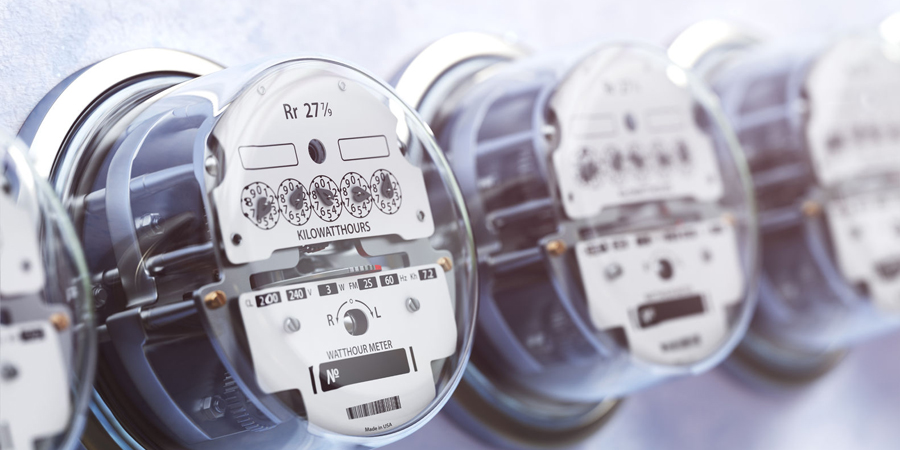According to new a research report from the IoT analyst firm Berg Insight, the installed base of smart electricity meters in the Asian markets China, India, Japan and South Korea will grow at a compound annual growth rate of 7.9 percent from 613.4 million in 2018 to reach 965.9 million in 2024. Over the next six years, smart meter penetration among electricity customers in the region is projected to increase from around 67 percent in 2018 to 94 percent by the end of 2024. At this pace, Berg Insight anticipates the markets will surpass 1 billion installed smart electricity meters and reach a penetration close to 100 percent in 2025.
“With China now fully deployed and with the nationwide rollouts in Japan and South Korea well on their way, India is now entering the center stage with some massive installations expected within the coming five years”, said Levi Ostling, IoT Analyst, Berg Insight. “After a few years of pilot projects, India is finally starting to see large-scale smart metering projects being initiated, driven by ambitious governmental targets to reach nationwide coverage of smart prepaid metering. With the recent re-election of Prime Minister Modi, deployments are anticipated to pick up pace in 2020 after a slow start in 2019.”
A major driver of the increase in deployments in India is the entrance of the government-owned energy services company EESL. Through its demand aggregation and bulk procurement model, EESL is effectively addressing the cost issue of smart metering investments – currently the main barrier for Indian state utilities to launch standalone deployments. So far, EESL has procured 10 million smart meters to be deployed for utilities across India, which can be compared to the total installed base of less than 1.5 million meters in the country at the end of 2018. Despite intense price competition and the introduction of a national smart meter standard in 2015, India is in comparison to the East Asian markets relatively open to international vendors.
Wireless RF mesh networking technologies have been favored in early standalone deployments of smart meters in India. Since EESL has made cellular point-to-point its preferred smart meter communications technology, cellular connected meters are however expected to take on a central role in the coming mass-deployments. With a preference for NB-IoT-ready meters already emerging in the market, the uptake of smart meters with cellular LPWA connectivity is expected to see a sharp increase as soon as the relevant network infrastructure is in place.





